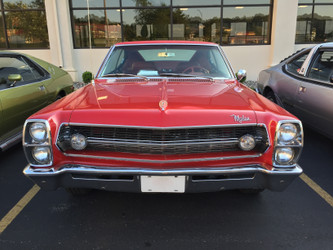American Motors’ Marlin missed the market
Posted by Dale Edward Johnson on Sep 15th 2022
After the huge success of the Ford Mustang, which was introduced in April 1964, other automakers also wanted to get in on the game of offering their own low-priced, versatile, sporty-looking car – especially if they could be built largely from existing components.
The Mustang had many underpinnings from the humble, compact Ford Falcon.
Chrysler used a similar concept in creating the Barracuda, which was based on the compact Plymouth Valiant. The Barracuda, known for its huge fastback rear window, actually hit the market a few days before the Mustang. But that’s largely been forgotten due to the overwhelming success of the Mustang; the Barracuda was outsold by a 10-to-1 margin by the Mustang during the first three years, 1964 to ’66.
General Motors was late to the pony car party, with the Chevrolet Camaro coming out in the fall of 1966 as a 1967 model, at the same time as the Mercury Cougar. The Pontiac version of the Camaro, called the Firebird, came out in February 1967. Dodge’s Challenger didn’t come out until the fall of 1969 as a 1970 model.
And then there was American Motors, the fourth-largest automaker, but well behind the volumes of the Big Three.
Under George Romney, American Motors produced compact cars, and he delighted in bashing the so-called gas-guzzling dinosaurs produced by the Big Three. American Motors offered smaller, more economical and less ostentatious cars under Romney in the late 1950s and early 1960s.
But after he left American Motors to become Governor of Michigan in 1962, his replacement, Roy Abernathy, wanted the firm to be more aggressive in the marketplace, and under his leadership AMC began offering more convertibles and bigger engines.
American Motors was already thinking of a Mustang-like vehicle, even before the Mustang was introduced. In January 1964, American Motors first displayed a show car called the Tarpon. It was essentially a compact Rambler American with a fastback roof grafted on at the back, new, wide taillights, and sporty touches.
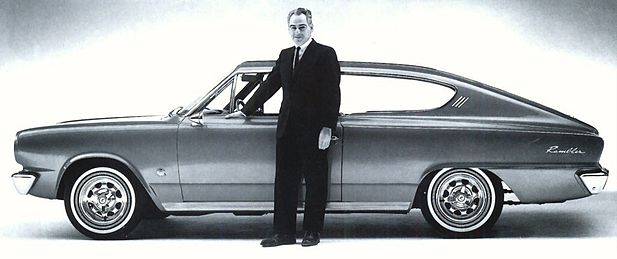
American Motors quickly decided to market such a vehicle – with one major change.
Instead of being based on the compact American, it would be based on the intermediate Rambler Classic, with a similar fastback roofline and large rectangular taillights.
Introduced in February 1965 and called the Marlin, it sat on the Classic’s 112 inch wheelbase and was 15 inches longer than the Tarpon. There was room for six people inside. A 232 cubic inch six-cylinder engine was standard, and options included two V-8s, of 287 or 327 cubic inches. With a starting price of $3,100 the Marlin was less than $100 more than a Classic hardtop.
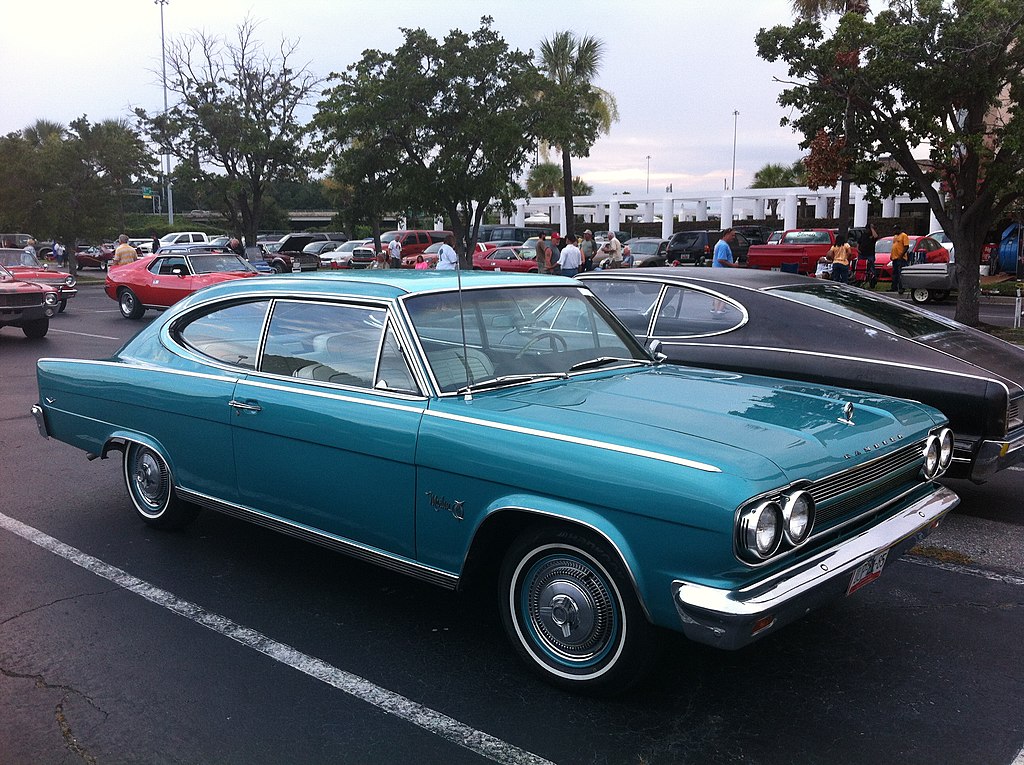
Image source: https://commons.wikimedia.org/wiki/User:CZmarlin
American Motors said the Marlin was for “those who want a sporty fastback combined with roominess and comfort.”
However, it would turn out that not many people wanted that combination.
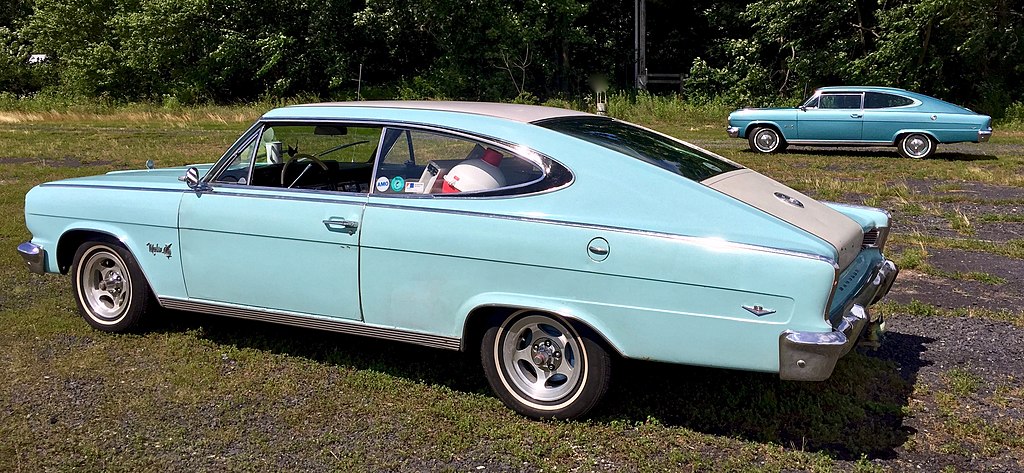
Image source: https://commons.wikimedia.org/wiki/User:CZmarlin
In its first year, there were 10,327 Marlins produced. For its second year, few changes were made, although the price was cut to $2,601 by dropping some items that previously were standard equipment, including power brakes and power steering. As well, the Rambler name was dropped; this was no longer a Rambler Marlin, but simply a Marlin. However, sales tumbled by more than half to just 4,547 units.
For 1967, American Motors decided changes were needed. But instead of making the Marlin a high-performance model, it was made bigger and more luxurious. The new Marlin was based on the full-size Ambassador, and grew by 6.5 inches in length to 201.5 inches.
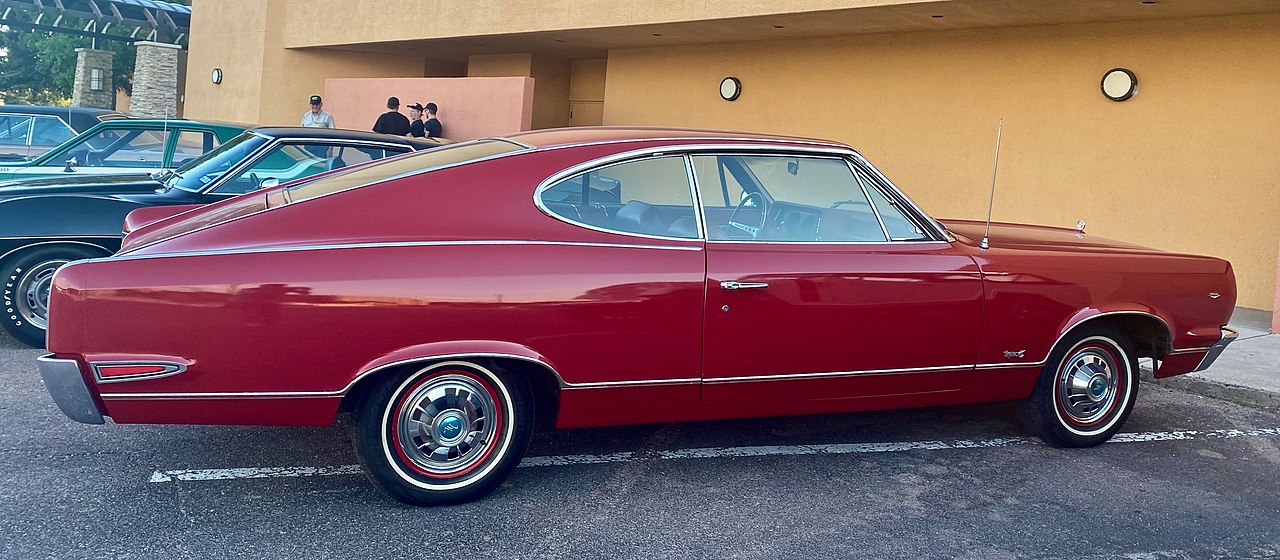
Image source: https://commons.wikimedia.org/wiki/User:CZmarlin
Sales again plummeted by more than half, and only 2,545 Marlins were produced for the 1967 model year. That was the end of the line for the brief life of the Marlin.
But Americans Motors wasn’t out of the pony car race. For the 1968 model year it introduced the all-new Javelin, which looked more like the Mustang or Camaro than the Marlin ever did. The Javelin, which shared some components with the compact American, sat on a 109 inch wheelbase. More than 55,000 Javelins were sold in the first year. American Motors later offered a shorter, two-seater version of the Javelin called the AMX, on a 97 inch wheelbase. The Javelin and AMX enhanced American Motors’ image as a producer of hot cars – something the Marlin wasn’t able to do during its brief three-year lifespan.

Image source: https://commons.wikimedia.org/wiki/User:CZmarlin
Marlins occasionally show up at car shows and cruise nights, but they are indeed rare.


